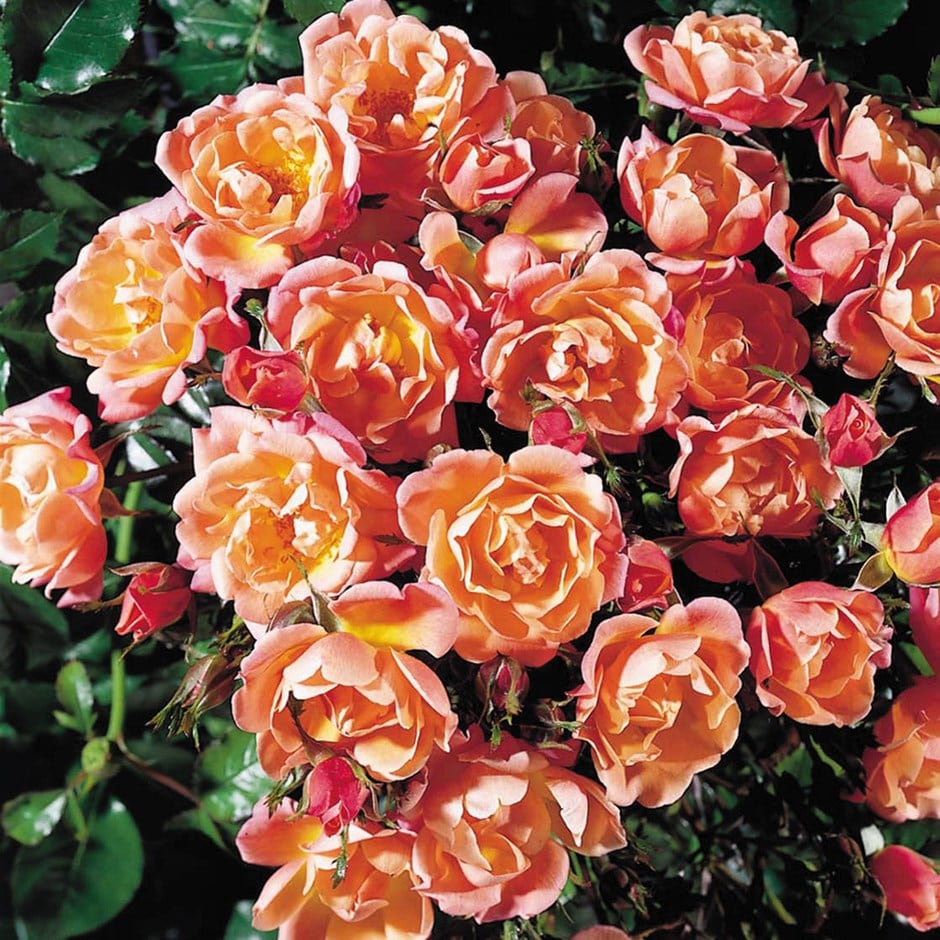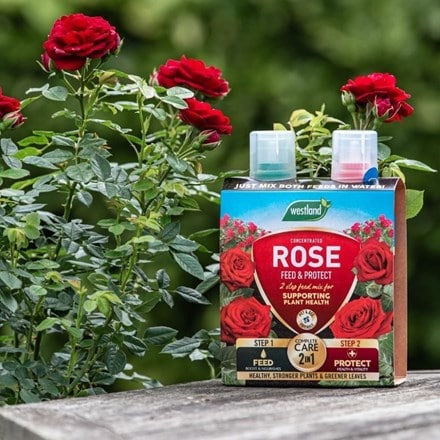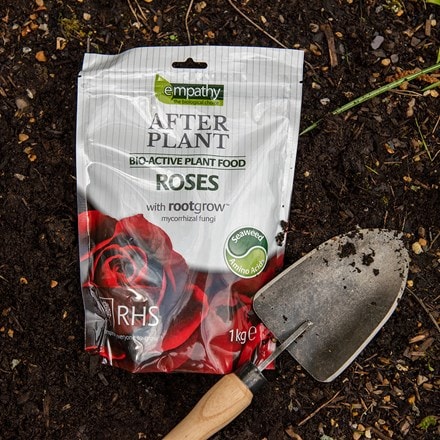Rosa Thank You ('Chesdeep') (PBR) | Patio Rose
rose Thank You (patio)
- 4 litre pot
- £23.09 £32.99
- available to order from autumn
Delivery options
- Standard £5.99
- Position: full sun or partial shade
- Soil: fertile, humus-rich, moist, well-drained soil
- Rate of growth: average
- Flowering period: July to September
- Hardiness: fully hardy
Masses of slightly scented, hot pink blooms that transition through shades of apricot to a delicate yellow centre from July to September and bronze-tinted, mid-green leaves.
This repeat-flowering, dwarf bush rose is a perfect thank you gift for a green-fingered relative or friend. Neat and compact in habit, Rosa 'Thank You' makes an ideal patio plant for a sunny or partially shady site.
All our roses are field grown and dug up and potted in October or November. However, they will not produce any new roots until spring, so don't be surprised if the compost falls away from the roots when winter planting. Some suppliers send out 'bare root' plants unpotted, but we pot them up as it helps to keep the roots hydrated and in good condition.
This repeat-flowering, dwarf bush rose is a perfect thank you gift for a green-fingered relative or friend. Neat and compact in habit, Rosa 'Thank You' makes an ideal patio plant for a sunny or partially shady site.
All our roses are field grown and dug up and potted in October or November. However, they will not produce any new roots until spring, so don't be surprised if the compost falls away from the roots when winter planting. Some suppliers send out 'bare root' plants unpotted, but we pot them up as it helps to keep the roots hydrated and in good condition.
If planting in winter, choose a frost-free spell when the soil is not frozen. Roses are quite deep-rooted plants so dig a deep hole roughly twice as wide as the plant’s roots and mix in a generous amount of composted organic matter. A top-dressing of a general purpose fertiliser can be worked into the surrounding soil and we also recommend using Rose Rootgrow at this stage to encourage better root development. This is particularly important when planting into a bed where roses have previously been grown as Rose Rootgrow is said to combat rose sickness (aka replant disease).
Gently spread out the roots before placing them in the centre of the hole. Try to ensure that the 'bud union' (the point where the cultivated rose has been grafted onto the rootstock, and from where the shoots emerge) is at soil level. You can judge this quite easily by laying something flat, like a spade handle or bamboo cane, across the top of the hole. When they are at the right height, back-fill the hole, firming the soil down gently before watering the plant well.
Water generously until well established, and apply a specialist rose fertiliser (following the manufacturer’s instructions) each spring. They will also benefit from a generous mulch of composted farmyard manure in spring, but make sure this is kept away from the stems.
While wearing tough gloves, prune in late winter or early spring, removing any dead, damaged or weak-looking stems completely. The younger stems tend to produce the best flowers, so if the plant is becoming congested, cut one or two of the older stems right back to their base, which will also help open up the centre of the plant. Then cut back the most vigorous stems to within 25-30cm from the base, and the thinner stems back a little harder.
Gently spread out the roots before placing them in the centre of the hole. Try to ensure that the 'bud union' (the point where the cultivated rose has been grafted onto the rootstock, and from where the shoots emerge) is at soil level. You can judge this quite easily by laying something flat, like a spade handle or bamboo cane, across the top of the hole. When they are at the right height, back-fill the hole, firming the soil down gently before watering the plant well.
Water generously until well established, and apply a specialist rose fertiliser (following the manufacturer’s instructions) each spring. They will also benefit from a generous mulch of composted farmyard manure in spring, but make sure this is kept away from the stems.
While wearing tough gloves, prune in late winter or early spring, removing any dead, damaged or weak-looking stems completely. The younger stems tend to produce the best flowers, so if the plant is becoming congested, cut one or two of the older stems right back to their base, which will also help open up the centre of the plant. Then cut back the most vigorous stems to within 25-30cm from the base, and the thinner stems back a little harder.
- Humans/Pets: Fruit are ornamental - not to be eaten



